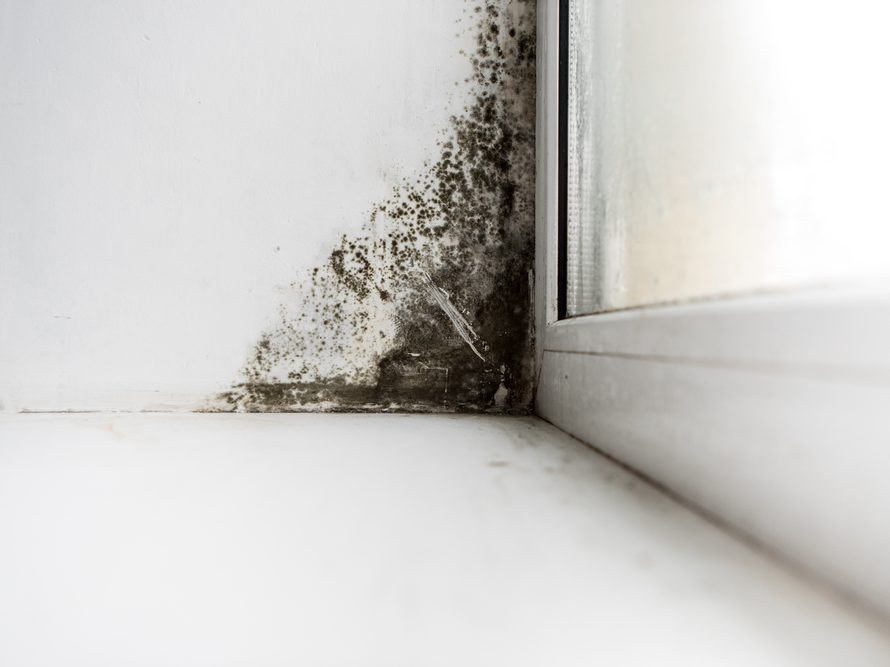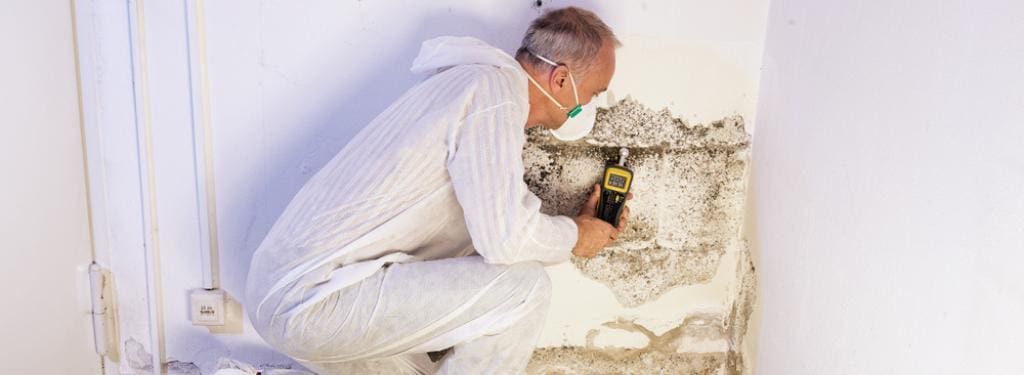After Mold Remediation Approaches for Clean Spaces
After Mold Remediation Approaches for Clean Spaces
Blog Article
Effective Blog Post Mold And Mildew Removal Solutions for Your Home
Mold growth in homes can be a persistent concern, often calling for a systematic method for reliable post-remediation options. From comprehending the variables that contribute to mold advancement to carrying out appropriate cleaning methods and dampness control steps, the procedure can be elaborate yet critical for keeping a healthy and balanced living setting. Post Mold remediation cleaning.
Recognizing Mold And Mildew Development Aspects
Mold and mildew development is affected by a selection of aspects that are crucial to understand in order to effectively address and avoid its spreading. Recognizing these elements is vital in carrying out successful mold remediation methods. The main aspect adding to mold and mildew growth is wetness. Mold spores call for moisture to germinate and grow, making moist or humid environments highly vulnerable to mold invasions. Poor air flow can likewise result in moisture build-up, developing an ideal breeding place for mold and mildew.

Furthermore, air movement and light exposure can impact mold growth. Locations that lack proper ventilation and all-natural light are more vulnerable to mold and mildew growth. By resolving these elements comprehensively, individuals can successfully alleviate mold growth and protect their living environments.
Correct Mold And Mildew Cleaning Strategies
Making use of effective cleansing techniques is important in dealing with and avoiding the reoccurrence of mold contamination in indoor settings. The initial step in correct mold and mildew cleaning is to consist of the afflicted area to protect against the spread of spores to uncontaminated areas.

Executing Moisture Control Actions
To efficiently stop mold and mildew growth and contamination in interior settings, carrying out dampness control actions is critical. Furthermore, making sure correct air flow in locations prone to moisture build-up, such as cooking areas and restrooms, can help reduce the danger of mold and mildew growth. By carefully applying these wetness control actions, home owners can efficiently decrease the likelihood of mold and mildew recontamination and keep a healthy interior atmosphere.
Using Natural Removal Solutions
After efficiently executing dampness control actions to stop mold and mildew growth in indoor environments, property owners can now discover the performance of all-natural remediation options in keeping a healthy living room. great post to read Natural removal remedies use eco-friendly methods to battle mold and mildew, making them a prominent choice for those looking for non-toxic alternatives. One such option is making use of vinegar, an all-natural antimicrobial representative, to clean and disinfect surfaces polluted by mold and mildew. Just thin down vinegar with water and spray it onto the affected areas, allowing it to rest for a couple of hours prior to wiping clean. In addition, tea tree oil, understood for its antifungal residential or commercial properties, can be combined with water and sprayed onto mold-infested surfaces to inhibit additional development. One more natural choice is hydrogen peroxide, which can effectively kill mold and mildew on different surface areas without leaving dangerous deposits behind. By incorporating these all-natural remediation remedies right into their cleaning routines, house owners can efficiently fight mold and mildew development while promoting a healthier indoor setting for themselves and their families.

Maintaining a Mold-Free Environment
Consistently examining areas prone to mold development, such as restrooms, cooking areas, basements, and attics, is vital. Proper ventilation in areas with high moisture degrees is likewise crucial to preventing mold and mildew development.
Furthermore, keeping cleanliness in the home is important for mold and mildew prevention. Keeping indoor plants in check and making certain proper drainage in outside landscape design can decrease moisture accumulation, minimizing the probability of mold and mildew invasions.
Conclusion
In final thought, it is essential to attend to mold development elements, use proper cleansing techniques, execute dampness More about the author control actions, use natural remediation solutions, and keep a mold-free atmosphere in order to successfully deal with post mold removal in your house - Post Remediation Inspection near me. By adhering to these methods, you can avoid mold from recurring and guarantee a healthy living atmosphere for you and your family
The why not try here key variable contributing to mold development is moisture. Mold and mildew spores require wetness to prosper and germinate, making moist or moist settings very at risk to mold and mildew invasions.To efficiently stop mold development and contamination in interior settings, implementing moisture control procedures is vital. Additionally, ensuring appropriate ventilation in locations susceptible to moisture buildup, such as shower rooms and kitchens, can aid reduce the threat of mold and mildew development.After successfully implementing dampness control steps to protect against mold development in indoor settings, house owners can now discover the efficiency of all-natural remediation solutions in preserving a healthy and balanced living area.
Report this page